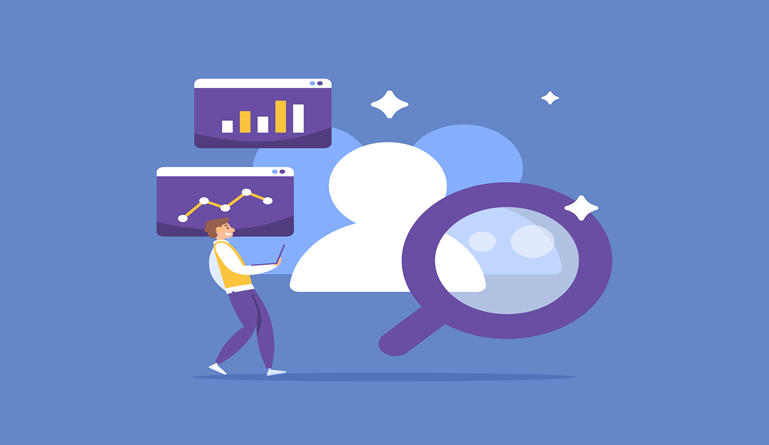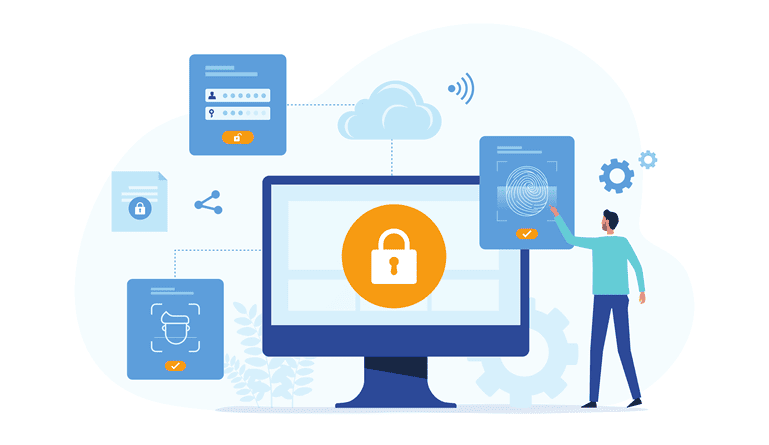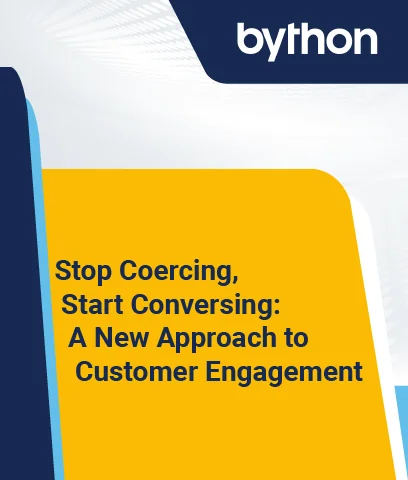Imagine having a clear view into how your teams work together, uncovering hidden patterns and opportunities to boost productivity and engagement. That’s the potential of collaboration behavior data. With this data, you’re not just speculating about team dynamics; you’re working with evidence-based insights.
As more and more organizations shift to digital collaboration tools, we’re accumulating massive amounts of information on how we work. This data goes beyond just tracking how many meetings we attend or emails we send. Collaboration behavior data delves deeper to reveal how teams communicate, collaborate, and get things done in the digital age. It can even include information like meeting lengths and who speaks most in team meetings.
Unveiling Hidden Patterns in Team Dynamics
Collaboration behavior data is like lifting the hood on your team’s workflow. Imagine a tool that shows you how engaged teams are in meetings. With a quick glance, you can see who’s actively participating versus silently multitasking on email.
Collaboration behavior data helps you recognize when meeting invites unnecessarily eat into people’s productive hours and can identify opportunities to streamline communication. Maybe that 30-minute meeting would be better as a quick message thread, or that team project requires a more structured approach.
Making Collaboration Data Actionable: 3 Practical Uses
It’s one thing to gather information, but putting collaboration behavior data to good use is where the real magic happens. How can you turn these data insights into actionable strategies?
-
Optimizing Meeting Culture for Greater Engagement and Productivity
Raise your hand if you love back-to-back meetings with no breathing room. Yeah, I didn’t think so. This information is a goldmine when it comes to establishing a healthier and more efficient meeting culture. Do you find email and instant messaging activity tend to surge during those hour-long team meetings?
This pattern could mean that people are not fully present or are finding ways to be productive during downtime. Consider encouraging the use of AI meeting assistants for note-taking and sharing summaries afterward.
It’ll encourage active listening and help those who genuinely need a synopsis catch up without feeling obligated to be a passive listener. This data empowers team leaders and HR departments to reshape the meeting culture.
-
Tailoring Employee Experiences through Personalized Data Feeds
Imagine having a newsfeed that shows you the most relevant company updates, projects your team is working on, and even conversation threads you might have missed. According to Microsoft, “personalized relevance ranking,” driven by data collection through collaborative platforms like Teams, can streamline information for users, cutting through the noise.
Instead of sifting through endless emails and chat logs, imagine providing your employees a curated stream of relevant information based on their role, projects, and communication patterns. This type of tailored experience, driven by deeper partnerships fueled by first-party data, is exactly what organizations need.
-
Promoting Transparency and Addressing Employee Well-Being
This approach to data is not about playing “Big Brother” but fostering a work environment where people feel heard and understood. One of the more powerful applications of this data is its ability to reveal insights into employee wellbeing.
Think about it, when a company implemented a “no meeting Wednesdays” policy based on this type of data, over 60% of employees reported feeling better and 70% felt more productive. If you find a pattern of late-night emails or an over-reliance on instant messaging outside work hours, it might indicate a need for better work-life balance initiatives.
Making Informed Decisions with Collaboration Behavior Data
These are just a few practical applications for this emerging field. Collaboration behavior data is a powerful resource to drive positive change within an organization.
Companies like Vyopta help gather this type of data which can then help improve a meeting-heavy culture. Take for instance, analyzing data that reveals what type of meetings people participate most in and invest in improving those. By investing in software like AI-powered meeting solutions you are showing your team you are listening to what the data reveals.
It’s easy to dismiss this idea by claiming “collaboration behavior data” as just another buzzword. But those brave enough to embrace the potential of these insights will lead the way in shaping more productive, engaging, and fulfilling work environments in the years to come. Will you join them?
(Also Read: What Is the Internet of Behaviors? – A Guide)
Final Thoughts
Navigating today’s work environment demands a data-driven understanding of how teams collaborate in these new digital spaces. Collaboration behavior data allows you to take the guesswork out of team dynamics by providing data products to gain insights into customer experiences. Remember, you can’t improve what you can’t measure.
Collaboration platforms can help improve productivity, customer acquisition, and customer engagement, but it’s critical to establish a data collaboration program. Senior leaders can also use business intelligence from a program like this to improve advertising campaigns and other media network initiatives. As technology advances, effectively gathering, understanding, and applying insights from this data will not only streamline processes but also cultivate more productive and engaged teams.
FAQs About Collaboration Behavior Data
Q. What Is Collaborative Information Behavior?
A. Collaborative information behavior focuses on how people seek, share, and use information within groups or communities, highlighting the dynamics of information exchange. Collaboration behavior data reveals how this plays out in digital spaces, giving you concrete insights into those interactions through technology usage patterns.
Q. What Is the Meaning of Collaboration Behavior?
A. Collaboration behavior encapsulates all the ways people interact and work together toward a common goal. This not only includes how tasks are divided but how information is exchanged and the dynamics of communication. Think of those impromptu brainstorming sessions, the way a project evolves through shared documents, and that collective sigh of relief when a team overcomes an obstacle – that’s collaboration behavior in action.
Q. Why Is Collaboration So Important for Data Analysis?
A. Imagine working on a complex data analysis project in isolation. Collaboration provides that sounding board to bounce ideas, catch errors, and uncover those “a-ha.” moments you wouldn’t experience alone. Data collaboration is critical for companies with limited first-party data.
Data clean rooms can help companies safely collaborate to form a more complete understanding by connecting data, which helps produce accurate data and achieve business goals. A data collaboration strategy helps marketing data go further by building targeted campaigns with data sets from other companies. This data collaboration strategy would require data clean room technology to keep data sets safe and compliant with privacy regulations. Collaboration isn’t just beneficial – in data analysis, it’s essential.








